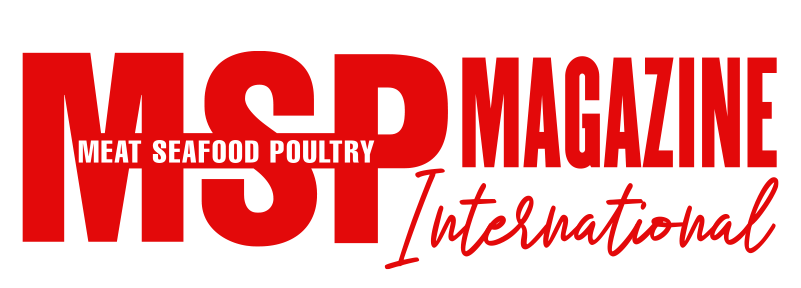Oysters, clams, mussels, lobsters, crabs, shrimps, cods, hake, RTE seafood meals are only some examples of a wide range of seafood products that can be processed by HPP. However, what is HPP and what do high pressures bring to fishing and shellfish industries?
High Pressure Processing (HPP) is a food non-thermal preservation technology that applies high isostatic pressure with water at chilled or room temperature (4—25°C / 40—75°F), instantaneously and uniformly during some seconds or minutes. It is the safe bet for the industry and the reasons are clear, it has a lot advantages and too few limitations.
The most known advantages of applying HPP in seafood are its capacity of inactivating pathogens and multiplying its shelf life. However, there are other less known but also interesting, for example the increase of yield meat extraction between 20 per cent and 50 per cent in mollusk and crustacean.
Hiperbaric, the global leader in design and manufacture of HPP units, has been researching these and other applications for more than 20 years and they told us how it works.
NON-THERMAL MEAT EXTRACTION
Isostatic pressures of 2,000–3,500 bar / 30,000—40,000 psi allows the opening of bivalves and the easy extraction of their meat without the use of heat.
“HPP technology changes the structure of proteins from the abductor muscle responsible for keeping mollusks closed, so that the shell opens and meat is released with maximum yield. This application avoids manual handling and reduces the risks of bacterial contamination, the unpleasant work and the high costs”, says Carole Tonello, Applications and Commercial Director of Hiperbaric.
In case of crustaceans, high pressure separates meat easily and completely from their shell, with yields of almost 100 per cent including smaller and difficult to access pieces, such as legs or antennae. Companies can enter the market with a new value raw uncooked meat, selling them frozen or ready-to-cook without the shell.
Interestingly, units of Hiperbaric might also be a less cruel technology for seafood, particularly for lobsters. Typically cooking involves submerging live lobsters in boiling water, leading them to a prolonged and excruciating end. Conversely, scientific studies suggest that lobsters do not experience pain under HPP since pressure levels around 100 bar (1,500 psi) anesthetize lobsters by inhibiting the neurological mechanisms associated with the pain response, allowing lobsters to pass away smoothly.

COMMON ADVANTAGES TO ALL HPP PRODUCTS
“One of the main trends that is making HPP successful is the development of natural, organic and preservative free products”, points Dr. Tonello.
Wide range of Hiperbaric units allows the development of healthier foods, bringing a higher level of functionality and nutritional values to new products. In the specific case of HPP seafood, as there is no need of cooking, the process enables the meat to retain its natural flavor and provide customers a fresh product for cooking prior to serving.
Furthermore, this technology reduces several logs of spoiling microorganisms (yeast and molds, lactic acid bacteria, psychotropic bacteria) and pathogens (E.coli, Listeria monocytogenes, Vibrio spp and Anisakis among others) guarantying food safety and extending their shelf life between 2 and 4 times.

